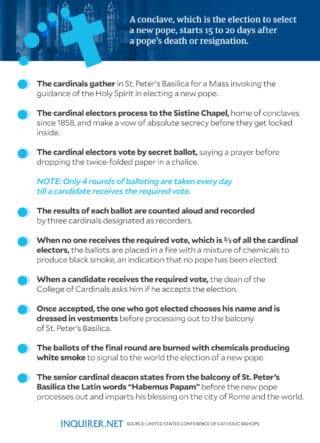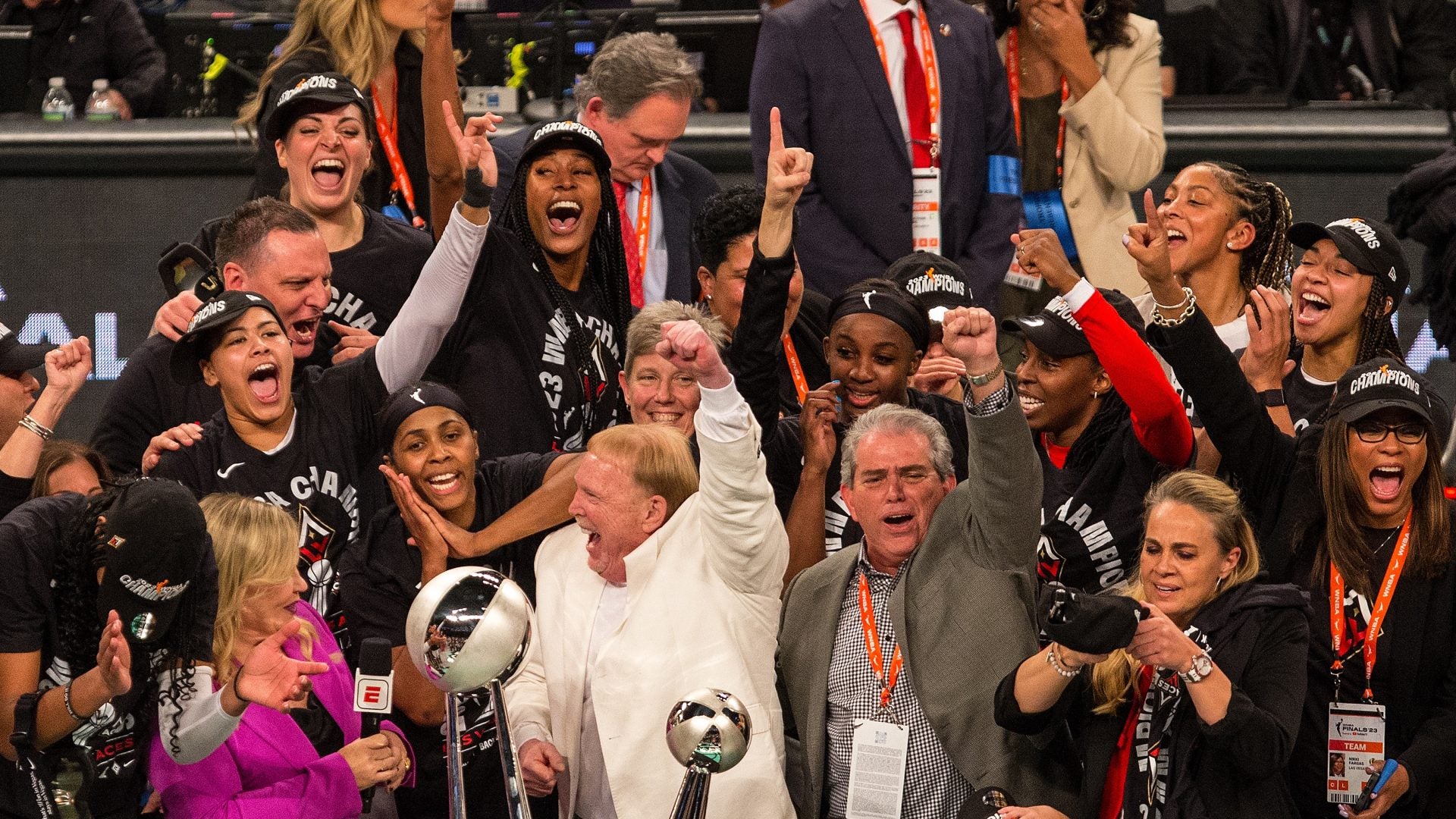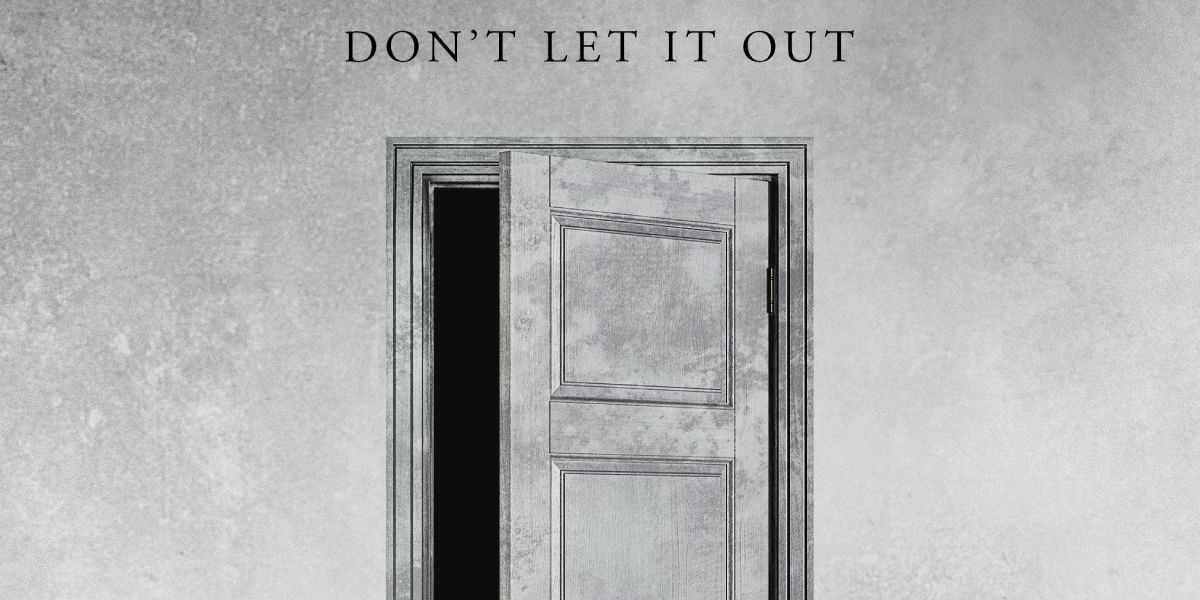The Conclave Process: Selecting The Next Head Of The Catholic Church

Table of Contents
The Period of Sede Vacante
The period between the death or resignation of a Pope and the election of his successor is known as the sede vacante (vacant see), a Latin term signifying the vacancy of the Apostolic See. This interregnum, while a time of transition, is far from a period of inactivity. During this time, the governance of the Church doesn't simply cease; it transitions into a carefully defined structure. The vacant Papacy is a period of both mourning and preparation for the future.
- The College of Cardinals assumes responsibility: The College of Cardinals, a group of high-ranking clergy appointed by the Pope, takes on the responsibility of administering the Church's affairs. This includes managing the day-to-day operations of the Vatican and making crucial decisions related to Church governance.
- Specific regulations are followed: Detailed regulations govern the Papal apartment and other aspects of Vatican governance during the sede vacante. These protocols ensure the smooth and orderly running of the Church's administrative functions.
- A time for prayer and reflection: The period of sede vacante typically emphasizes prayer and reflection within the Catholic community. This period allows time for contemplation on the qualities needed in the next leader of the Church and offers a chance for spiritual preparation for the upcoming Papal Conclave.
The Role of the College of Cardinals
The College of Cardinals, or the Sacred College, holds a central role in the Papal Election. Composed of Cardinals from around the world, appointed by the Pope throughout his reign, this group is the sole body responsible for electing the next Pope. However, not all Cardinals participate.
- Cardinal Electors: Only Cardinals under the age of 80 are considered "Cardinal electors" and are eligible to participate in the Conclave. This age limit ensures a balance between experience and vitality in the decision-making process.
- Diversity of the College: Cardinals hail from diverse countries, cultures, and backgrounds, reflecting the global nature of the Catholic Church. This international representation aims to provide a broad perspective on the needs and challenges facing the Church worldwide.
- Preparation for the Conclave: Before the Conclave begins, the College of Cardinals gathers in Rome for a series of meetings and liturgical services. These events provide an opportunity for the Cardinals to deliberate and pray before the start of the formal election process. These meetings are often called a Consistory, though this word takes on a different meaning depending on the context.
The Conclave: Secrecy and Procedure
The Conclave itself is a deeply secretive process, traditionally held in the Sistine Chapel within the Vatican Palace. The secrecy surrounding the Papal Conclave ensures that the election remains free from external pressures and influences.
- Oath of Secrecy: Before the Conclave begins, each Cardinal elector takes a solemn oath of secrecy, vowing not to reveal any information about the proceedings or the deliberations.
- The Voting Process: Voting takes place through written ballots, counted by appointed officials. Each ballot is meticulously checked to maintain the integrity of the process.
- Reaching a Two-Thirds Majority: A two-thirds majority of the votes is required to elect a new Pope. If no candidate achieves this majority, further rounds of voting continue until a consensus is reached.
- Smoke Signals: The world watches for the smoke signals emerging from the Sistine Chapel chimney. Black smoke signifies that no Pope has been elected, while white smoke signals the election of a new Pope, signifying the start of a new era for the Catholic Church.
The Election and Proclamation
Once a candidate receives the required two-thirds majority, the new Pope is elected. The moment is then announced to the world.
- Choosing a Papal Name: The newly elected Pope chooses his papal name, a tradition that often reflects the Pope's personal beliefs or a significant figure in Catholic history.
- Habemus Papam!: The announcement "Habemus Papam!" ("We have a Pope!") is traditionally proclaimed from the balcony of St. Peter's Basilica to the jubilant crowds gathered below. This is followed by the first Papal blessing, Urbi et Orbi.
- The First Blessing: The new Pope then bestows his first blessing, Urbi et Orbi ("to the city [Rome] and to the world"), marking the official commencement of his papacy.
Conclusion
The Conclave process, a complex and time-honored tradition, ensures the careful selection of the next Head of the Catholic Church. Understanding the roles of the College of Cardinals, the sede vacante period, and the intricate voting procedures provides invaluable insight into this crucial event. This process, balancing tradition with the needs of the modern Church, underscores the importance of selecting a leader who can guide and inspire millions. To learn more about the rich history and the evolving practices surrounding the Papal Conclave, further research is encouraged. Deepen your understanding of the Conclave process today!

Featured Posts
-
 Aces President Nikki Fargas Discusses Community Engagement And The Upcoming Season
May 07, 2025
Aces President Nikki Fargas Discusses Community Engagement And The Upcoming Season
May 07, 2025 -
 Analyzing The Seattle Mariners Decision To Keep Their Starting Pitchers
May 07, 2025
Analyzing The Seattle Mariners Decision To Keep Their Starting Pitchers
May 07, 2025 -
 Clipper Late Rally Falls Short Against Cavaliers
May 07, 2025
Clipper Late Rally Falls Short Against Cavaliers
May 07, 2025 -
 Strengthening Resilience In Least Developed Countries The Third Ldc Future Forums Legacy
May 07, 2025
Strengthening Resilience In Least Developed Countries The Third Ldc Future Forums Legacy
May 07, 2025 -
 Lewis Capaldis Rare Public Appearance A Thumbs Up For Fans
May 07, 2025
Lewis Capaldis Rare Public Appearance A Thumbs Up For Fans
May 07, 2025
Latest Posts
-
 Stephen Kings The Long Walk First Trailer Released
May 08, 2025
Stephen Kings The Long Walk First Trailer Released
May 08, 2025 -
 Stephen Kings The Long Walk Trailer Previews A Grim And Gripping Film
May 08, 2025
Stephen Kings The Long Walk Trailer Previews A Grim And Gripping Film
May 08, 2025 -
 The Monkey 2025 A Potential Low Point In A Strong Year For Stephen King Adaptations
May 08, 2025
The Monkey 2025 A Potential Low Point In A Strong Year For Stephen King Adaptations
May 08, 2025 -
 First Trailer For The Long Walk Simple But Effective Horror
May 08, 2025
First Trailer For The Long Walk Simple But Effective Horror
May 08, 2025 -
 The Long Walk A First Trailer Thats Simply Scary
May 08, 2025
The Long Walk A First Trailer Thats Simply Scary
May 08, 2025
